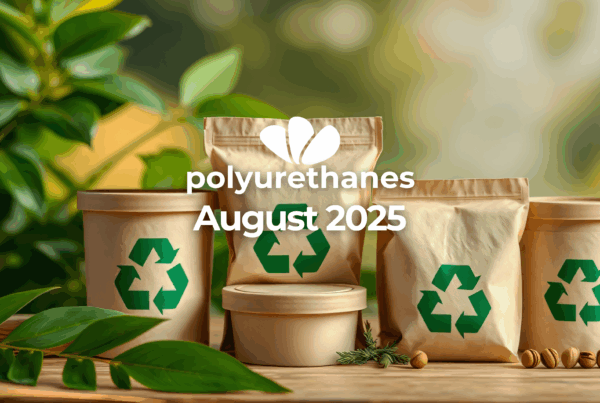In late 1982, a gravely ill patient lived 112 days with the world’s first permanent artificial heart, a device made with polyurethane. This dramatic milestone already hinted at something remarkable. Since then, polyurethane has become one of medicine’s most versatile materials. Thanks to a unique combination of flexibility, strength, and biocompatibility, polyurethane now appears in countless medical devices around the world, from everyday hospital supplies to cutting-edge implants.
Polyurethane’s medical story began in the 1960s when researchers identified relatively durable “biostable” polyurethane that could safely remain implanted in the human body long-term. With this development, polyurethane started appearing in a host of pioneering medical devices. Momentum grew through the 1970s and 1980s as polyurethane proved its worth in high-profile roles. The Jarvik-7 artificial heart in 1982, which captured global attention, relied on polyurethane parts to function as flexible blood-contacting membranes. Polyurethane also found its way into pacemakers, heart pumps and other life-sustaining implants developed in the following decades. By the 1990s, improved polyurethane variants with even greater stability cemented this material’s role in healthcare, from cardiovascular devices and artificial organs to specialty coatings on implants.
Being both incredibly durable and elastic, polyurethane succeeded in medicine where other materials fell short. Medical-grade polyurethanes can bend and stretch without cracking, endure constant stresses, and resist abrasion and chemicals. They are also biocompatible, unlikely to trigger inflammation or rejection.
Polyurethane’s impact can be seen across healthcare in a wide range of applications.
Polyurethane has been a vital ingredient in life-sustaining cardiac devices. Pacemaker leads were among the first implants to use polyurethane insulation, and the first permanent artificial heart (the Jarvik-7) famously used polyurethane for its internal membranes. Today, advanced heart pumps and total artificial hearts continue to rely on polyurethane components for blood-contacting surfaces. In fact, modern artificial hearts in Europe combine animal tissue with a special polyurethane coating to improve the device’s acceptance by the body.
Flexible polyurethane tubing is ubiquitous in hospitals worldwide. It is used in intravenous (IV) catheters, feeding tubes for nutrition, kidney dialysis cartridges, and even intra-aortic balloon pumps that help failing hearts beat. Polyurethane’s mechanical strength prevents kinks in these critical tubes, and its inert nature means no leaching of plasticizers or allergens.
Polyurethane has also revolutionized wound care. Many advanced wound dressings use a thin polyurethane film as a sterile, waterproof barrier that keeps bacteria out while letting oxygen and moisture in, creating an ideal healing environment. Beneath that film, a layer of soft, absorbent polyurethane foam soaks up excess fluid from the wound. This combination keeps wounds moist (which speeds healing) yet protected from infection. These breathable polyurethane products are widely used to improve healing and patient comfort.
Even after decades of success, polyurethane’s medical story is still evolving. Researchers and companies are continually innovating to exploit its benefits in new ways. One promising area is drug delivery. Polyurethane is being used to make implantable devices like cardiac stents and inserts that slowly release medications over time as the polymer safely degrades. Polyurethane is also enabling new “smart” treatments. In trauma care, scientists have developed shape-memory polyurethane foams that expand upon contact with warm blood to quickly seal wounds. Studies show these foams can rapidly stanch bleeding and significantly improve survival in emergency injury models.
Over time, polyurethane has shown a remarkable ability to adapt and excel. It has repeatedly filled crucial niches, often doing what no other material could, whether it’s lining an artificial heart or cushioning a wound. Polyurethane’s use in medical devices continues to grow as new applications emerge, thanks to its unique properties and remarkable adaptability.




